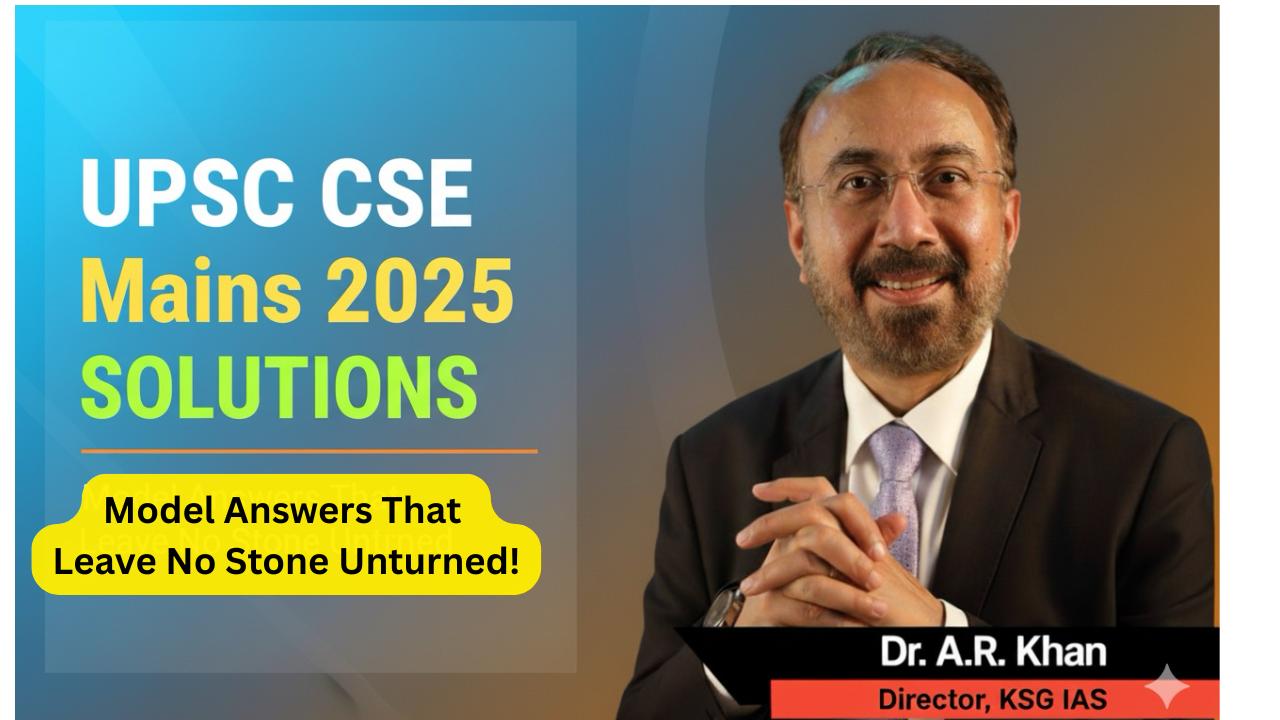Q. How can Artificial Intelligence (AI) and drones be effectively used along with GIS and RS techniques in locational and areal planning?
Possible Introductions
Definition-based
Locational and areal planning involves spatial decision-making for land use, resource management, infrastructure, and disaster mitigation. Integration of AI, drones, GIS, and RS enhances accuracy, efficiency, and real-time adaptability.
Contextual
In India, initiatives like PM Gati Shakti, Smart Cities Mission, and Digital India Land Records Modernization are increasingly using AI-driven GIS mapping, drones, and RS for evidence-based planning.
Philosophical
Planning today is shifting from “maps on paper” to dynamic, data-driven geospatial intelligence, where AI, drones, GIS, and RS work in synergy.
Main Body
1. Role of GIS and RS (Base Layer)
-
- GIS (Geographic Information Systems): Provides layered maps of terrain, population density, utilities, transport.
- Remote Sensing (RS): Captures satellite data (e.g., vegetation, land use, soil moisture).
- Used for land use planning, zoning, watershed management, forest monitoring, urban sprawl analysis.
2. Enhancing with AI
-
- Big Data Analysis: AI can process massive RS/GIS datasets for predictive modelling (e.g., urban growth, traffic flows).
- Pattern Recognition: Detects land cover changes, encroachments, illegal mining.
- Disaster Forecasting: AI trained on RS imagery can predict flood zones, landslide-prone areas.
- Example: ISRO using AI with CartoSAT/Resourcesat for crop yield estimation and drought planning.
3. Enhancing with Drones
-
- High-resolution mapping: More precise than satellites for local planning (e.g., slum mapping, contour mapping).
- 3D Terrain Modelling: Useful for infrastructure projects, mining, watershed planning.
- Real-time monitoring: Construction progress, traffic management.
- Example: Drones in Svamitva Yojana mapping rural land parcels for ownership rights.
4. Applications in Locational & Areal Planning
| Sector | Role of AI + Drones + GIS/RS | Example |
|---|---|---|
| Urban Planning | Smart city zoning, traffic flow optimization | Delhi traffic AI-GIS model |
| Agriculture | Precision farming, soil & crop mapping | Drone spraying + RS crop health monitoring |
| Disaster Mgmt | Flood forecasting, cyclone damage mapping | Kerala floods (2018) drone surveys |
| Infrastructure | Site selection for industries, highways, SEZs | Gati Shakti master plan |
| Environment | Forest cover mapping, illegal encroachment | RS + drones in Northeast forests |
| Defence & Security | Border surveillance, locating infiltration routes | Ladakh & Northeast drone monitoring |
5. Advantages Over Traditional Methods
-
- Faster, real-time, scalable.
- Cost-effective for large-area planning.
- Enhances transparency and participatory planning.
6. Challenges
-
- High cost of advanced drones/AI.
- Cybersecurity and privacy risks.
- Need for trained human resources.
- Integration of data across multiple agencies.
Sweet Spot – Flowchart (Text Form)
GIS + RS (Base spatial data) → Drones (Micro-scale mapping) → AI (Analysis & Prediction) → Outputs (Urban design, disaster planning, resource allocation, security).
Possible Conclusions
Balanced
The synergy of AI, drones, GIS, and RS can revolutionize locational and areal planning, enabling precision and inclusivity.
Policy-linked
India’s National Geospatial Policy 2022 and Drone Rules 2021 provide frameworks to harness this integration.
Philosophical
From “reactive planning” of the past, technology enables “predictive and preventive planning”, strengthening resilience and sustainability.
Forward-looking
If combined with participatory governance and data security, these technologies can make India’s planning future-ready, aligning with India@2047 vision and SDGs.

